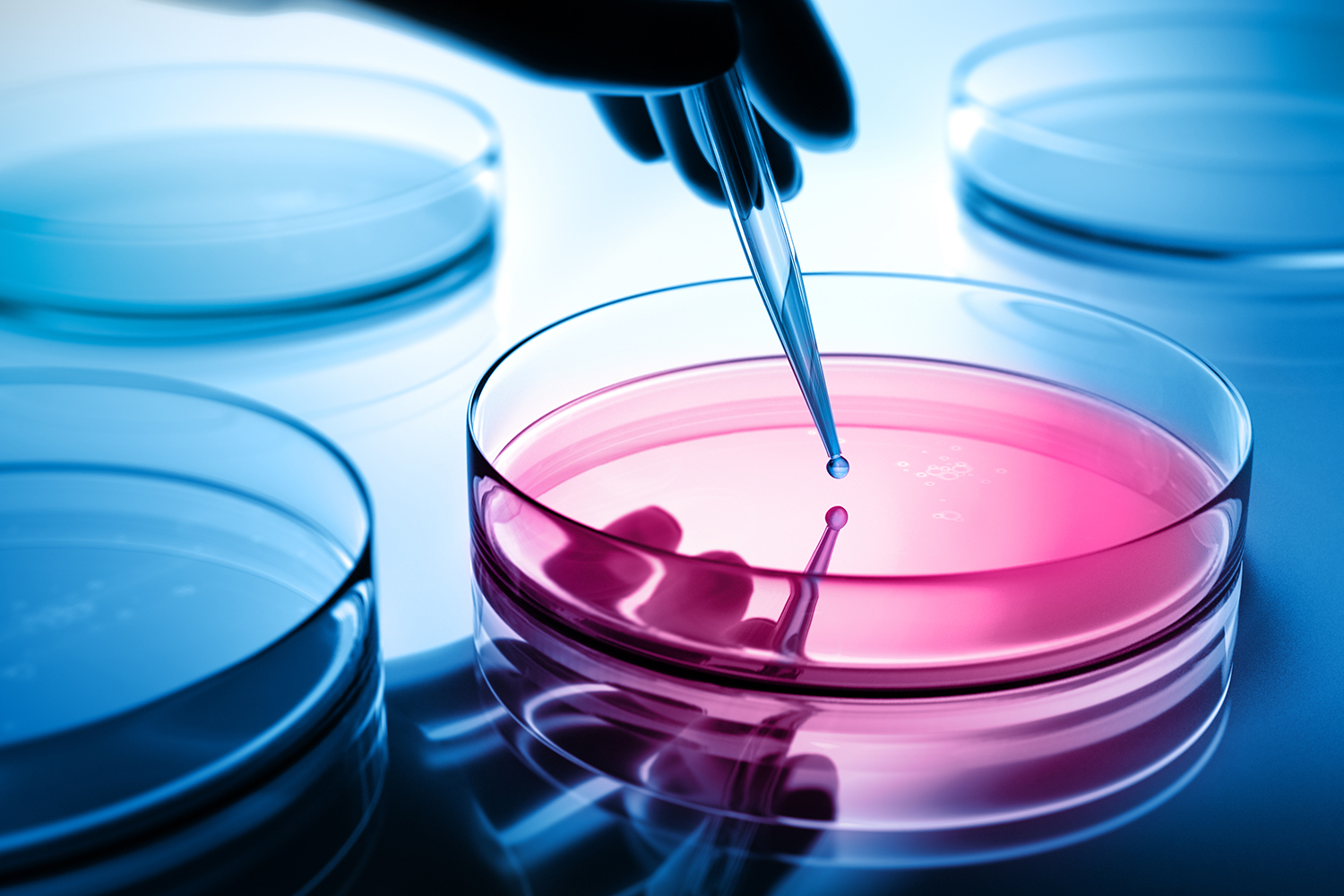AI-based monitoring of microorganisms
Yeast is an important ingredient in many areas of food production, such as baker's yeast for use in baking or brewing yeasts for the production of alcoholic beverages such as wine or beer. A high product quality can only be guaranteed if the yeast is in sufficiently good condition. However, various environmental influences, such as temperatures that are too low or too high and contact with other substances such as alcohol, can cause yeast cultures to die. Therefore, it is essential to ensure the quality of the yeast at any point in the food processing.
First step towards a quality check in real time thanks to AI
However, such a check with conventional methods requires laboratory testing with many manual steps and is therefore time-consuming and cost-intensive. In the project "AI-based monitoring of microorganisms", an alternative approach is pursued based on a data analysis of spectroscopic measurements using Machine Learning methods. This approach is a first step towards a quality check in real time and without the use of laboratory equipment or a high workload.
The core of the method is a Raman spectroscopy of the yeast samples. In the project, suitably prepared yeast samples were measured using a Raman microscope to generate a sufficiently large database of spectra for both high and low quality yeast cultures. A Machine Learning procedure was then used in a second step with the goal of predicting the yeast quality from the spectra. Methodologically, artificial neural networks of a suitable design have been shown to provide almost error-free predictions. Thus, it is possible to make a prediction about the quality of a yeast sample from its spectroscopic measurement alone. In addition, the model we use is also capable of estimating the uncertainty of the prediction.
Potential benefit of ML-methods for yeast analysis
In the project, a potential benefit of Machine Learning methods for yeast analysis in food production could be demonstrated. It is planned to extend these first results with the aim of bringing the conceptual methodology closer to industrial practice. For example, we will investigate to what extent the Raman microscope can be replaced by a portable measuring device and whether spectroscopic investigations can also be carried out directly in the ongoing production process. To realize this goal, we plan to combine both chemical-biological expert knowledge and statistical methods.
 Research Center Machine Learning
Research Center Machine Learning